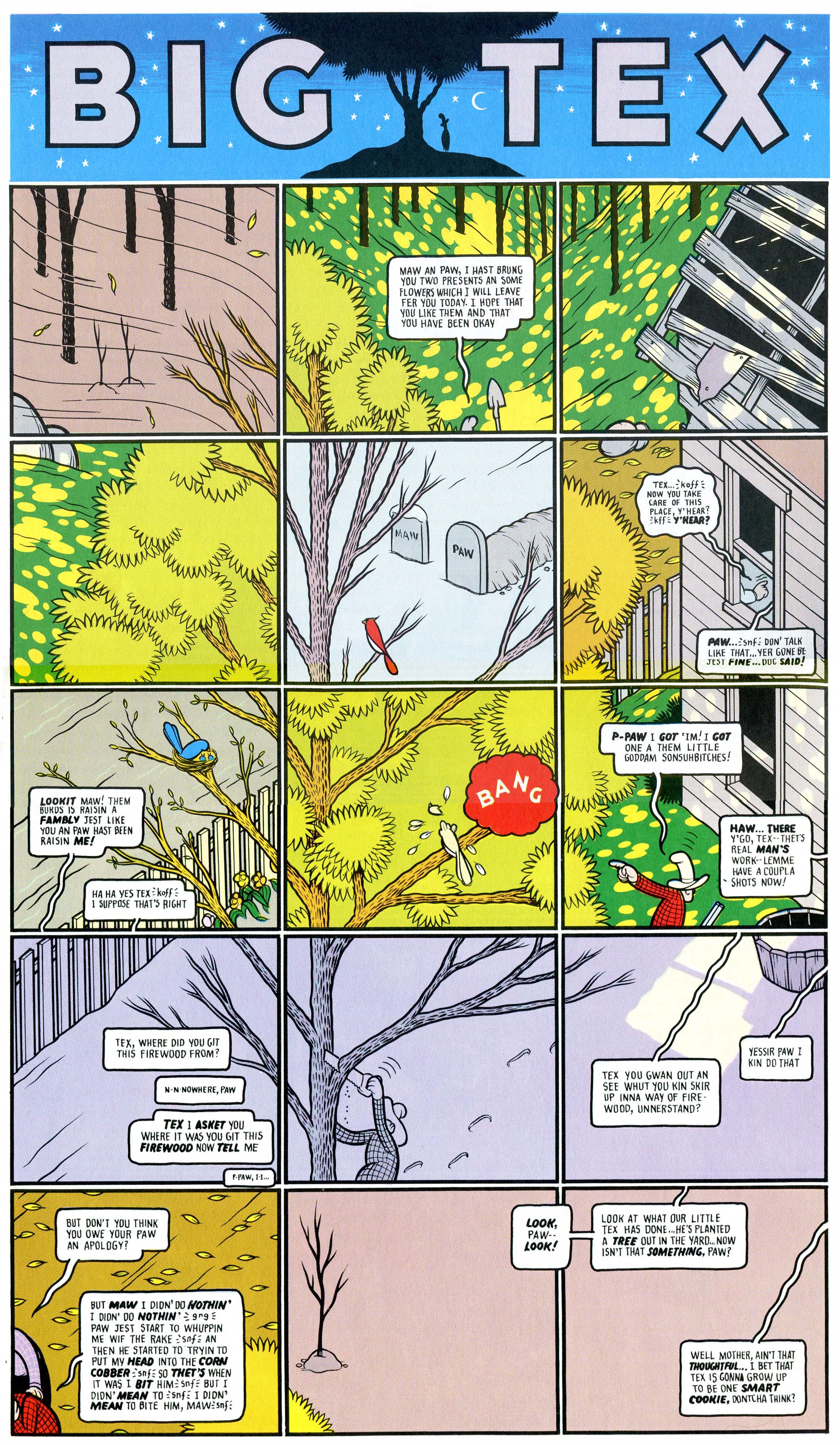Courtney Squire AD5508
Chris ware professionally known as a cartoonist and his graphic novel, building stories. Chris Ware Breaks the rules of tradition comic book layouts where the reader reads from top to bottom left to right where space and concept of time is challenged. The way Chris ware uses composition changing the aspect of a traditional comic where you could see the end before the beginning just because of the way he arranges the page layout. {like music, are composed by dividing time, each panel is like a window into time… these windows form a map whose chain lets us see the story's beginning, middle and end simultaneously}.
This unique innovative style of composition wouldn't have been here with out Frank King. Frank King was a well known cartoonist back in the early 1900's for his similar time lapse 'Gasoline Alley' where it shows time of day passing focusing on a character(s) in one location. {"Gasoline Alley" taught ware that the feeling of a comic strip was best built into its structure, so that the mood emerged from the act of reading it}. For example the image below shows different events happing in each square panel but only one single image which takes place on beach similar to an establishing shot. Because there are so many things happening in one scene you take the time to read the comic strip trying to make sense of what going on.

Here is a piece Chris Ware has done called 'Big Tex' as you compare this piece to Frank Kings there are a lot of influences and similarities. In this illustration Chris ware has used some key features that Frank King would use like the use of time laps in one scene. Showing hours, years, or decades which has the reader look more than once. 'Ware exploits the narrative flow across the page and he composes the panels in such a way as to guide the reader across the page and back again, not always in the same direction'(2). Because of this its almsot like Chris Ware wants to separate himself of a traditional graphic novelist and change the outlook of the page from his inspirations. Taking the next step to have the reader thinking eager to understand whats happening in the scene dissecting each panel.
Above is a picture of my own study and practice trying to challenge the space and concept around the world through its time from the start of the world to the end of the world. trying to challenge the reader with out any dialogue but engaging the reader imaginatively in the style of Frank King and Chris Ware.
Chris ware's style of work taken and evolved as being inspired by Frank King lets the viewer see the sequence as a whole piece. However Chris Ware's "Quimby the Mouse" comic strips were something different and innovative. {Ware experimented with form, laying out pages with tiny square panels and simple gags, or creating complicated diagrams with panels connected up like cities on a map}(1). When Chris Ware was making "Quimby the Mouse" comic strips it was like he was challenging himself as if was the reader. As seen in the image above of one of Ware's "Quimby the Mouse" strip, he has made a sequence which is very complex and diagrammatic for something so simple happening. What vie noticed in Wares "Quimby the Mouse" comic strips is that "quimby's" actions would be so simple like walking but could be dragged out filling the whole page making it more dramatic than it needs to be showing every foot step by sequence.
The use of lines and how he is able to capture a moment is like taking memories and putting them into one scene. {Ware does this to nudge the memory and help the reader see more of the book at once…take pieces of experience and freeze them in time}. His work is similar to a piece of sheet music because of the repetitive patterns, highs and lows in his comics.
(1) http://www.avclub.com/review/chris-ware-iquimby-the-mousei-5527 accessed- 01/10/14
(2) http://www.hoodedutilitarian.com/2010/09/reading-drawings-architecture-and-comics/ accessed- 02/10/14
(2) http://www.hoodedutilitarian.com/2010/09/reading-drawings-architecture-and-comics/ accessed- 02/10/14



Hi Courtney how are you getting on with the other reports? Don't let them build up, hope you have them in rough draft. See you later d
ReplyDelete